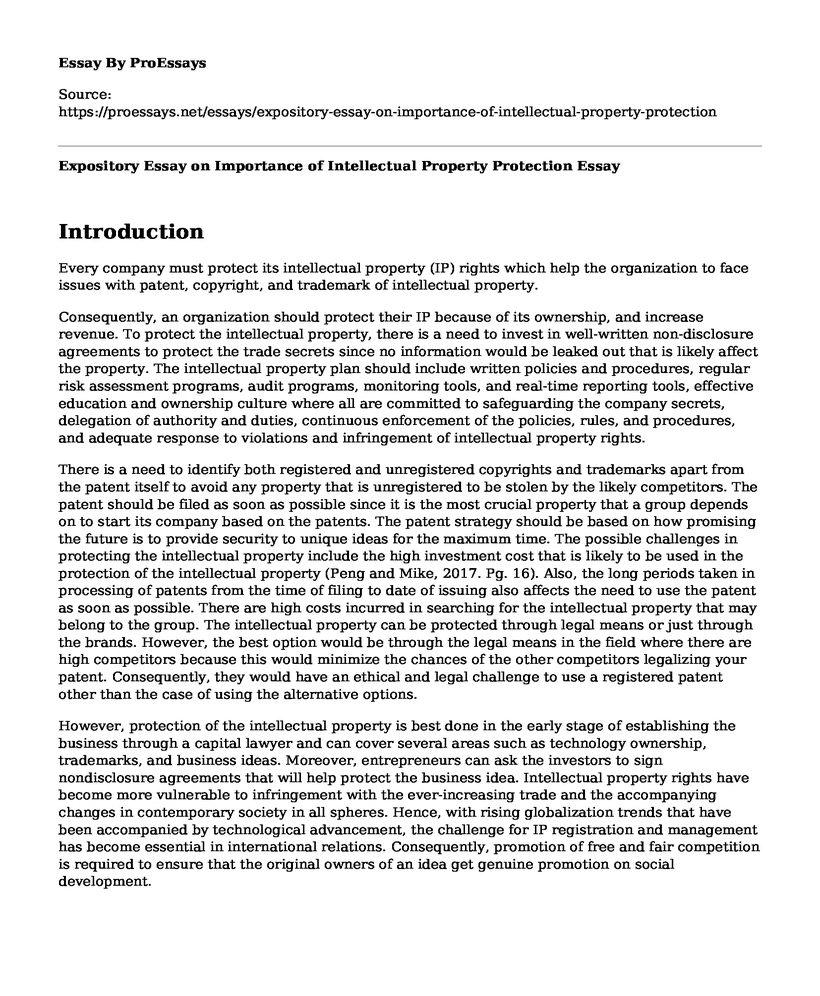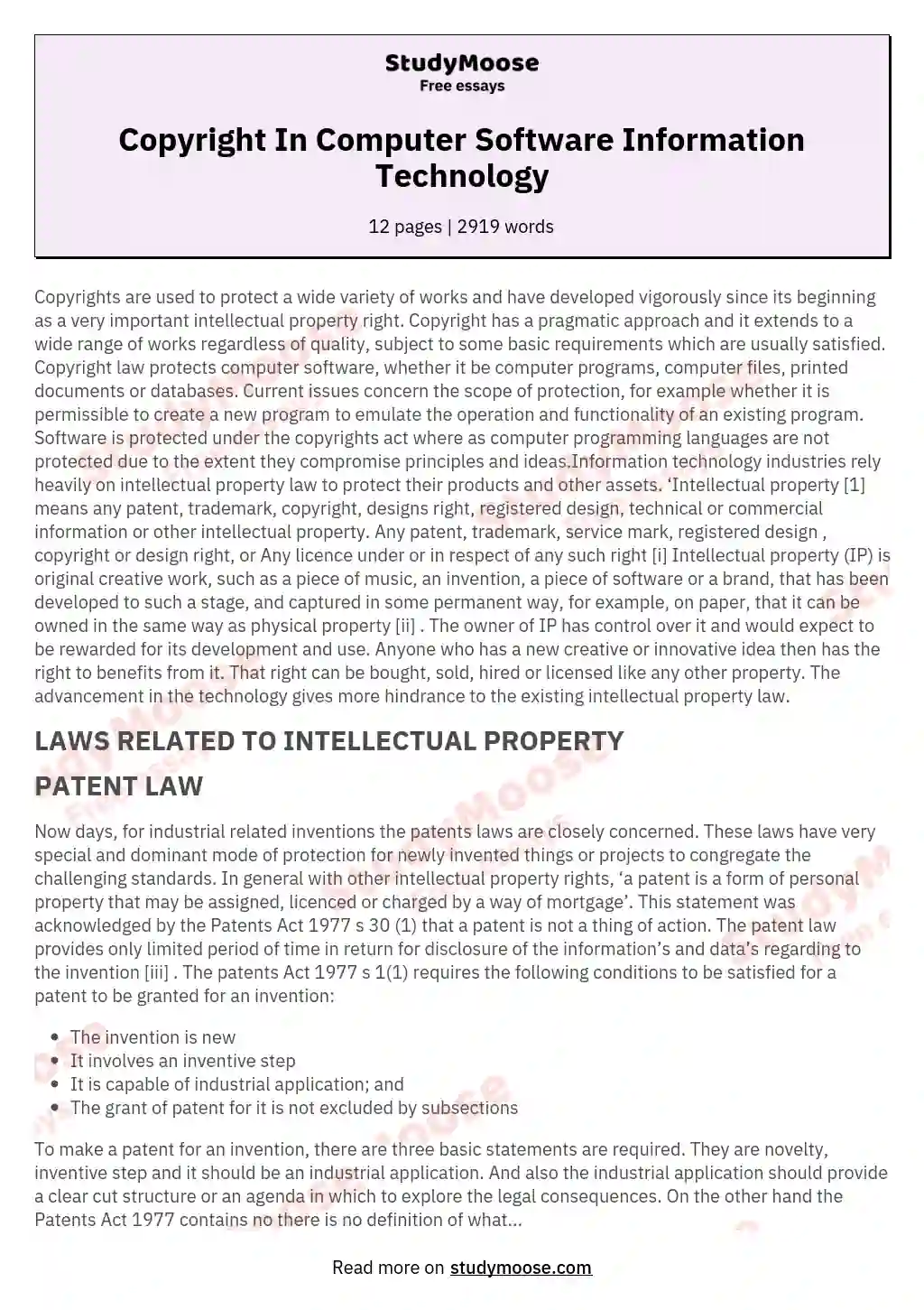A patent is a form of intellectual property that gives the person or company who holds it the exclusive right to make, use, and sell an invention for a certain number of years. Patents are intended to encourage innovation by providing inventors with the opportunity to profit from their creations. However, the patent system can also be controversial, with some arguing that it stifles competition and hinders the dissemination of new ideas.
There are three main types of patents: utility patents, which cover new and useful inventions or discoveries; design patents, which cover new, original, and ornamental designs for an article of manufacture; and plant patents, which cover asexually reproduced plants that have been found and asexually reproduced. To be eligible for a patent, an invention must be novel, non-obvious, and useful.
Obtaining a patent can be a costly and time-consuming process. Inventors must conduct a thorough search to ensure that their invention is truly novel and not already covered by a previous patent. They must also draft a detailed specification and drawings of their invention and file a patent application with the appropriate government agency, such as the United States Patent and Trademark Office (USPTO) in the United States. The application is then examined by a patent examiner, who reviews it to ensure that it meets all of the requirements for a patent. If the application is approved, the inventor is granted a patent.
Once an inventor has a patent, they have the right to prevent others from making, using, or selling their invention without their permission. This means that they can sue anyone who infringes on their patent and seek damages or an injunction to stop the infringing activity. However, the patent holder must also be prepared to defend their patent if someone challenges its validity in court.
Patents can be a powerful tool for protecting and profiting from innovation. However, they can also be controversial. Some argue that the patent system is overly broad, allowing inventors to patent ideas that are too obvious or not truly novel. Others argue that the cost of obtaining and enforcing patents can be too high, particularly for small inventors or startups. Additionally, some argue that the patent system can be abused, with companies obtaining patents for the purpose of blocking competitors rather than fostering innovation.
Overall, the patent system plays a crucial role in promoting innovation and rewarding inventors for their hard work and creativity. While it is not without its flaws, the patent system remains an important mechanism for protecting and encouraging innovation in a variety of fields.
A patent is a form of intellectual property that gives the holder the exclusive right to prevent others from making, using, selling, and importing an invention for a limited period of time, usually 20 years from the date of filing. Patents are granted by the government to encourage innovation and the dissemination of new technologies by providing inventors with a financial incentive to invest the time and resources necessary to develop and bring their ideas to market.
There are three main types of patents: utility patents, which cover new and useful inventions or discoveries; design patents, which cover new, original, and ornamental designs for an article of manufacture; and plant patents, which cover new varieties of asexually reproducible plants. To be eligible for a patent, an invention must be novel, non-obvious, and fully and clearly described in a patent application.
The patent process begins when an inventor files a patent application with the relevant government agency, such as the United States Patent and Trademark Office (USPTO) in the United States. The application includes a detailed description of the invention, as well as any drawings or diagrams necessary to fully understand how it works. The application is then reviewed by a patent examiner, who determines whether the invention meets the criteria for a patent. If the examiner determines that the invention is eligible for a patent, the patent is granted. If the examiner finds that the invention is not eligible, the inventor can appeal the decision or modify the application to address the examiner's concerns.
Obtaining a patent can be a complex and time-consuming process, but it can also be an essential step for inventors looking to commercialize their ideas. A patent gives inventors the legal protection they need to market and sell their inventions without fear of competition from others. It also serves as a form of recognition and validation of the inventor's contribution to the field.
However, obtaining a patent is just the beginning of the process. Inventors must also be prepared to defend their patents against infringement and other challenges. This can be costly and time-consuming, as it requires the inventor to prove that their patent is valid and that the accused party is infringing on their rights. In addition, patents can also be challenged and potentially invalidated by third parties, which can further complicate the process.
Despite the challenges, obtaining a patent can be a valuable tool for inventors looking to protect and commercialize their ideas. It provides inventors with the legal protection they need to bring their inventions to market and can serve as a source of income and recognition for their contributions to the field.







